Top 10 Interesting Facts about Jimi Hendrix
Jimi Hendrix passed unexpectedly just as his career was beginning, despite being one of the most recognizable musicians of the 20th century. Nevertheless, he ... read more...managed to accomplish a lot during his roughly four years in the spotlight, and when he passed away on September 18, 1970, at the age of 27, he was remembered as a legend in this world. Here are 10 facts about the musical legend that you may not be aware of. He was regarded as one of the greatest musicians in the world and was also a singer and composer. Continue reading and discover all these interesting facts about Jimi Hendrix.
-
Many artists and other entertainers go under a stage name. Some stage names can be inventive, like that Bono, Sting, Slash, and Meatloaf. Therefore, it may be difficult to believe that Jimi Hendrix, one of the most hallucinogenic rock musicians, didn't change his name, at least not completely. He was a Hendrix by birth. But there's some controversy around his first name.
John Allen Hendrix, the father of Jimi Hendrix, was born in Seattle on November 27, 1942. While James "Al" Hendrix, his father, was serving in the military in Europe during World War II, he was initially reared by his mother. Al picked up his baby and gave him the new name James Marshall Hendrix when he came back to the United States in 1945.
The Animals' bassist Chas Chandler, who would later become Jimi's manager, witnessed the performer in 1966 at New York City's Cafe Wha? Roadie James "Tappy" Wright, who was there, told the BBC in 2016: "This man didn't appear anything exceptional, then all of a sudden he started fiddling with his teeth." Chas reasoned, "I could accomplish something with this kid," when people were asking, "What the hell?"
Later, in September 1966, Chandler made a comeback with the intention of signing Hendrix to a contract that called for him to relocate to London and form a band. Additionally, Chandler advised Hendrix to use the name "Jimi." Like Jimi Hendrix, the session musician assembled the Jimi Hendrix Experience with the help of drummer Mitch Mitchell and bassist Noel Redding. Chandler suggested Hendrix use the moniker "Jimi" even though he was already performing as Jimmy James at the time.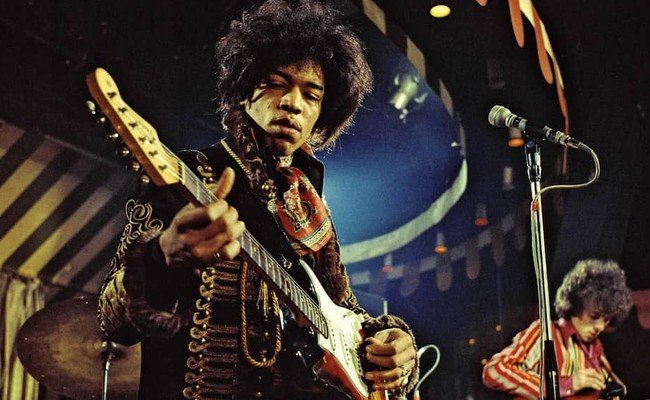
Photo: kingchoice.me Video: Secrets of Rock -
Despite being a fantastic guitarist, one of the interesting facts about Jimi Hendrix was actually unable to read music and instead created some of the most famous guitar solos in history entirely with his ear and musical intuition. He gave an explanation for this by stating that he frequently employed words or colors in addition to his ear when playing to convey his messages.
He cited purple as a symbol of jealousy or rage and green as envy. This is how Hendrix came to play music flawlessly without having any theoretical knowledge. The greatest guitarist in rock history, Jimi Hendrix, was self-taught and learned guitar by ear, therefore it may come as a bit of a shock to realize that he is not familiar with music theory. He also had synesthesia, a disorder in which you perceive colors in music; for instance, he claimed that resentment was purple. Hendrix composed all of his music solely from his imagination and his capacity to perceive color, and the majority of his performances were entirely improvisational.
Numerous polls have crowned Jimi Hendrix the greatest guitarist of all time. It's reasonable to suppose that Hendrix would have been a proficient reader of music given how many original guitar solos and enduring songs he contributed to the world. However, when asked in an interview in 1969 if he can read music, the legend responded, "No, not at all."
He serves as an example of how anyone can learn to play an instrument properly with enough commitment, even if they are unable to read music. Practice makes perfect, after all. People all throughout the world continue to enjoy his music, and his legacy endures to this day. Jimi Hendrix is regarded as one of the finest musicians of all time. He was a musical genius with perfect pitch and was a true pioneer in the creation of numerous musical genres. The conventional I, IV, and V chords in the blues progression constitute the foundation for several of Jimi Hendrix's songs. knew the right notes to play and when to solo over them.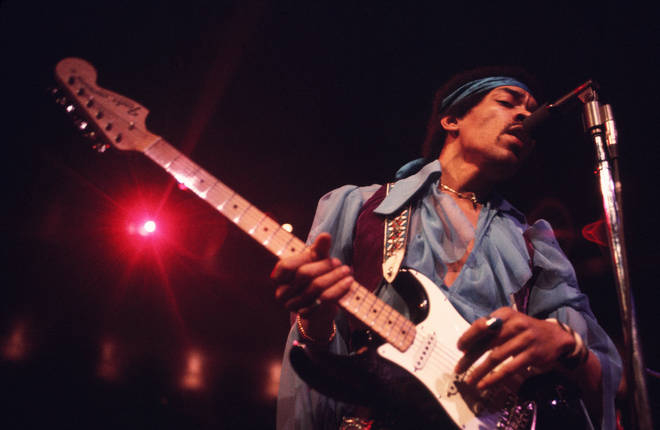
Photo: www.classicfm.com Video: Echelon Entertainment -
Hendrix was inspired by many things, including his dreams, to create his music. In a 1967 interview with New Musical Express, he said, "I dreamed a lot and I wrote a lot of my dreams down as songs.
Some lucky people are gifted pillow-propped masterpieces, and some of them even manage to remember them, while my dreaming routine consists mostly of running away from nothing in particular on legs that don't work, forgetting to do homework for a school I left many moons ago, and the occasional terrifying sleep paralysis. Even though Jimi Hendrix already had an abundance of skill, the sleep fairies were giving him works of art as he slept.
With its tritone brilliance dazzling a generation of guitarists, the 1967 song "Purple Haze" is one of the most influential in rock history. Even Hendrix's manager, Chas Chandler, noticed the layered riff's potential right away and yelled, "Write the rest of that," declaring, "That's the next single!" According to Jimi Hendrix, the song was inspired by a dream in which he was walking beneath the sea and was surrounded by a purple haze. Even while the dream seemed more terrifying, it was actually spared by his trust in Jesus, who inspired him to write the chorus Purple haze, Jesus saves before changing it.
The song's conception began on Boxing Day of 1966, while Hendrix was battling a sleepy visitation in his head. Shortly later, on January 8th, 1967, it made its debut in Sheffield, where the audience was immediately astounded by the piece's intense visceral force. It is undoubtedly Hendrix's most iconic song, therefore it is maybe appropriate that it originated in an electric dreamland. It features a wild imagination, incredible musicianship, memorable words, and colorful images all in the foreground.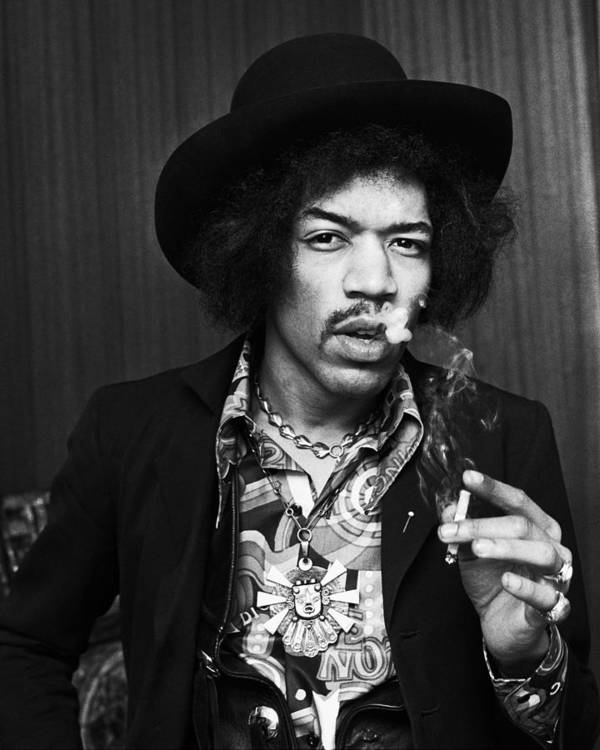
Photo: fineartamerica.com Video: Jimi Hendrix -
Jimi Hendrix possessed a left hand. He just flipped the guitar over and put the strings back in the right sequence when he bought his first guitar. The top cutaway was now at the bottom, and the reverse was true. This is not ergonomically sound with Hendrix's Fender Stratocaster (and other guitars), as your hand loses space to reach the higher frets. This is one of the interesting facts about Jimi Hendrix.
Consider that for a moment. The majority of guitarists spend hours simply considering which instrument is the coziest for them and how to play as easily as possible. It is practically insane to use a right-handed guitar body on a left-handed player, or vice versa. The best guitar ever did exactly that, but it did not stop him from becoming such a legend.
Left-handedness was a trait of Jimi Hendrix. When he first got a guitar, he just rearranged the strings, so everything else on the instrument—aside from the strings—was backward. This was not ergonomically proper for the Fender Stratocaster guitar he was playing or for the majority of other guitars because the hand lost space to reach the top frets.
Since many guitarists spend a lot of time considering which guitar is ideal for them and most comfortable to make the playing experience as seamless as possible, it is practically difficult for a left-handed person to play a right-handed guitar or vice versa. Hendrix, on the other hand, chose not to go down that road since he did the opposite of what was expected and was still able to excel in the same field.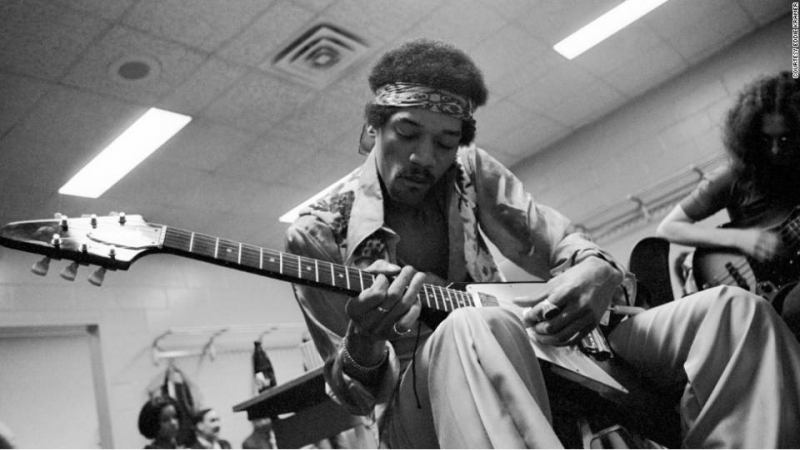
Photo: www.ultimate-guitar.com Video: Morrisman Smith -
Despite passing so early, Jimi Hendrix's life had many interesting turns and turns that led to a different path, particularly in his musical career. Only three of his songs, all of which remain timeless and influential today, were released. He was a soldier in the army, and this was his punishment for car theft.
The London apartment where Jimi Hendrix actually started his career was restored to its original 1968–1969 appearance and reopened as a museum in 2016. A carton of Benson & Hedges cigarettes is placed on the bedside table in the living room that served as his bedroom. The space is decorated in a boho style. His record collection also has a place of its own.
Amazingly, George Handel lived in the same Mayfair apartment building from 1723 until his death in 1759; the rest of the property is now a museum dedicated to the life and works of the renowned musician.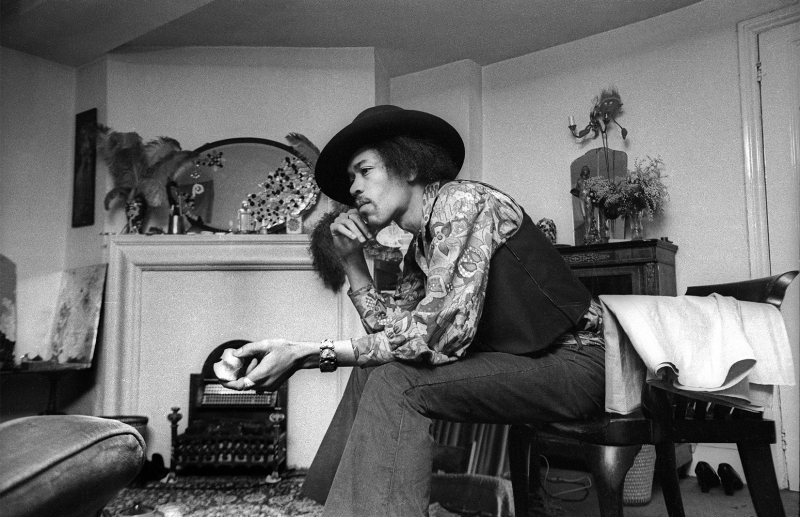
Photo: thespaces.com 
Photo: thespaces.com -
Before he was 19, Jimi Hendrix was caught twice riding in stolen cars. He was offered the option of receiving a set amount of time in jail or joining the army as a punishment for this, and he selected the latter. He was then sent to Fort Campbell in Kentucky.
Hendrix asked for his guitar to be sent to him in letters to his father, expressing his continuous terror at the circumstance. His father complied, and the guitar eventually became both his obsession and his escape from the Army environment. Hendrix highlighted his passion for music in his letters to his father by requesting the delivery of his guitar. Later, the guitar served as both his escape from the army world and his fixation after his father complied and mailed it.
He was nonetheless subjected to criticism and jeers from his friends, who even took away his instrument. His guitar was taken away by his peers as a means of abuse and mocking. After eventually receiving his guitar back, Hendrix began giving concerts at the Army base's nightclubs. An authority determined him unable to serve, and he was discharged from the Army.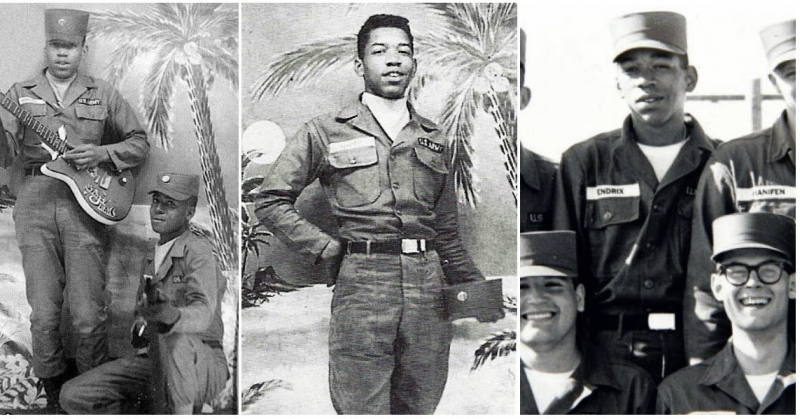
Photo: www.vintag.es 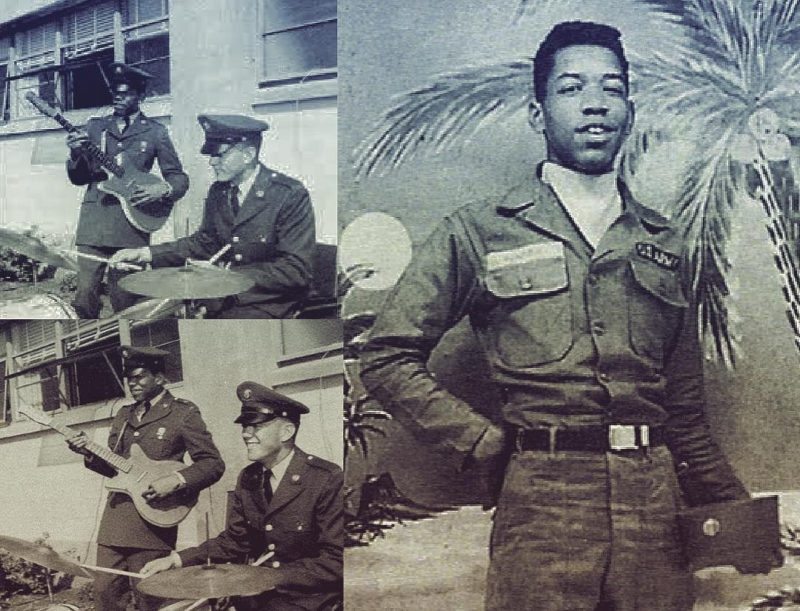
Photo: Pinterest -
This many studio album is really uncommon for a well-known performer like Jimi Hendrix. In his instance, it makes sense because he passed away at the age of 27 and did not have the opportunity to pursue his highly skilled field for a longer period of time which is one of the interesting facts about Jimi Hendrix.
Only three studio albums by Jimi Hendrix were released. Are You Experienced, the first came out in 1967. Axis: Gold as Love followed in the same year, and Electric Ladyland followed in 1968. Three albums are a meager output for such a significant artist. Hendrix did not have much time for a prolific output, though, as he only lived until the age of 27.
The aforementioned songs are all regarded as classics with significant influence. Electric guitarists continue to learn the solos and songs from Hendrix's three outstanding albums.
Jimi Hendrix released Band Of Gypsys, a live album that was captured in January of 1970, just before he passed away. Posthumously published albums frequently include previously unheard music, collectibles, and live recordings. These releases include some illegal ones.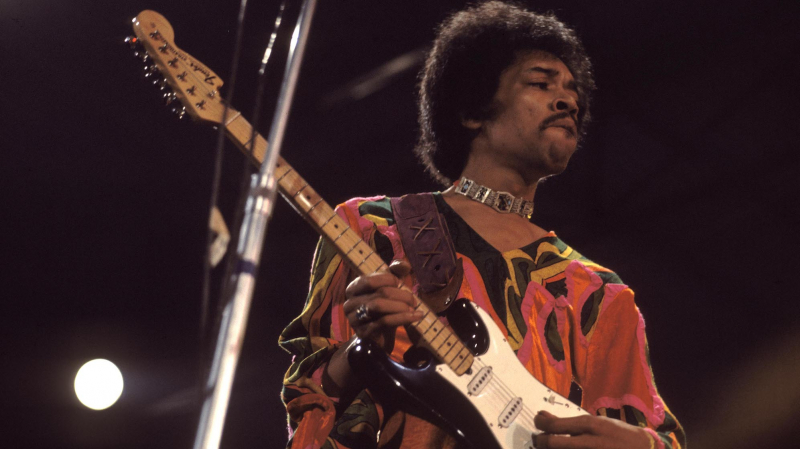
Photo: www.guitarplayer.com Video: RiverBend Records -
Hendrix's life-changing festival in the US was the Monterey Pop Festival, which was recommended to him by Paul McCartney who had experienced his enchantment. Paul believed that Hendrix was necessary for the event's success and even agreed to join the board of festival organizers under the stipulation that Hendrix's contributions be made. From the songs he played to the outfits he wore, everything about Hendrix's performance was superb.
Hendrix had previously accomplished and somehow mastered his trick before the Monterey Pop Festival. He fractured his guitar unintentionally while on their European tour in early 1967, which was when it all began. He chose to shatter it all together because it was already ruined. Hendrix took part in a British tour in March of the same year. He and Chas Chandler also discussed ways to elevate their new song "Fire" during the performance as they were surrounded by other legendary performers like Cat Stevens.
Hendrix set his ax down beside the amps during the performance of "Fire," and Chandler doused it with flammable fluid. Mitch Mitchell and Noel Redding both kept on playing. Then Hendrix took the guitar, placed it on the ground, crouched down next to it, and attempted to light it. It lit up after a few tries. Hendrix's hands were scorched as a result of the over a meter-high flame that rose due to Chandler's abundance of fuel. Minor burns were also present on the emcee who ran to the platform.
Hendrix was still able to fetch another guitar and play on it, suggesting that he was under the influence of adrenaline. He was taken to the hospital later on that day for treatment. A few months later, at the Monterey International Pop Music Festival, he once more pulled off the same prank. And Hendrix's guitar-burning stage presence became just as well-known as the individual.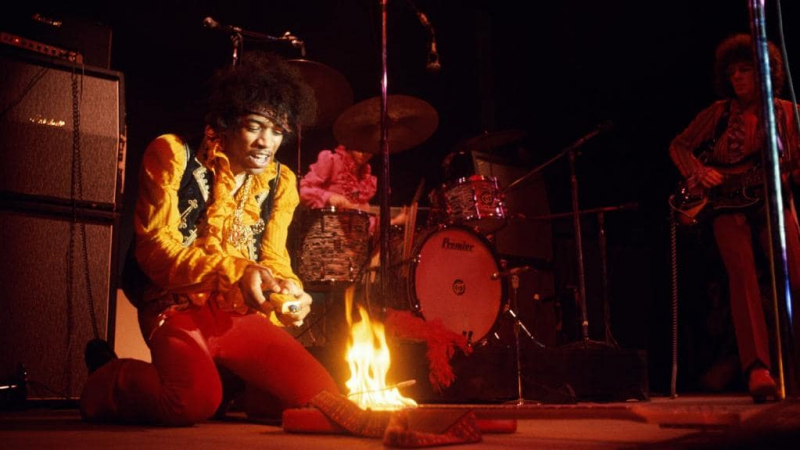
Photo: rockpasta.com Video: Dee -
With the highest salary in the world in 1969, Jimi Hendrix had become the most expensive musician. Jimi received an invitation to play at the Woodstock Music and Art Fair together with other well-known musicians of the era. On Sunday at midnight, he was supposed to perform. Hendrix did not want to perform in front of such a large audience at that point, which numbered more than 400,000. Instead, he made the decision to switch his shift to Monday at 8 AM.
Hendrix's performance of the national anthem in the 1960s, which made extensive use of distortion, feedback, and sustain and shaped the melody to conjure bombs and explosions, became a seminal event in music history. The audience thought the performance was a protest against the Vietnam War since it was so unusual. Jimi Hendrix's renowned Woodstock hymn, one of the most potent, piercing performances of the national anthem ever recorded, almost never took place. This performance is also one of the interesting facts about Jimi Hendrix.
The band "hadn't prepared... or planned to do 'The Star-Spangled Banner' at Woodstock," Hendrix's drummer Mitch Mitchell acknowledged in his autobiography, but instead of ending his set, Jimi broke into his legendary rendition of Francis Scott Key's song. The "Star-Spangled Banner" performance by Jimi Hendrix at Woodstock, which took place fifty years ago, continues to be cited as an example of the power of music in politics. Hendrix's ability to combine outrage and anguish with patriotism and hope is what made his interpretation so exceptional.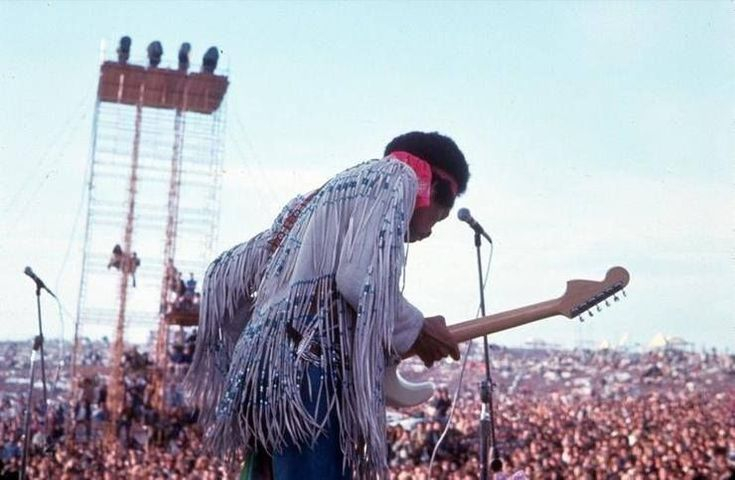
Photo: Pinterest Video: Jimi Hendrix -
Hendrix was initially reared by his mother Lucille while his father fought in World War II. Lucille was only seventeen when he was born. Hendrix's father changed his son's name to James Marshall Hendrix after his arrival in 1945. Hendrix's father urged him to take guitar lessons when he was a youngster. Growing up in Seattle, he had a special affection for the blues and the early rock & roll.
At the age of fifteen, Jimi Hendrix picked up the guitar for the price of $5 that his father had purchased for him. After a year, Al gave Jimi his second guitar, an electric one. Albert King, Muddy Waters, B.B. King, Buddy Holly, Eddie Cochran, and Howlin' Wolf were some of Hendrix's earliest musical inspirations. Up until the age of sixteen, Hendrix attended Seattle's Garfield High School. As a paratrooper in the 101st Airborne Division, he enlisted in the United States Army in 1961. He was discharged in 1962 after suffering an ankle injury during his 26th airborne jump while serving at Fort Campbell, Kentucky.
Jimi's father was quite pleased when he joined the US military, but he continued to support him whenever he performed music.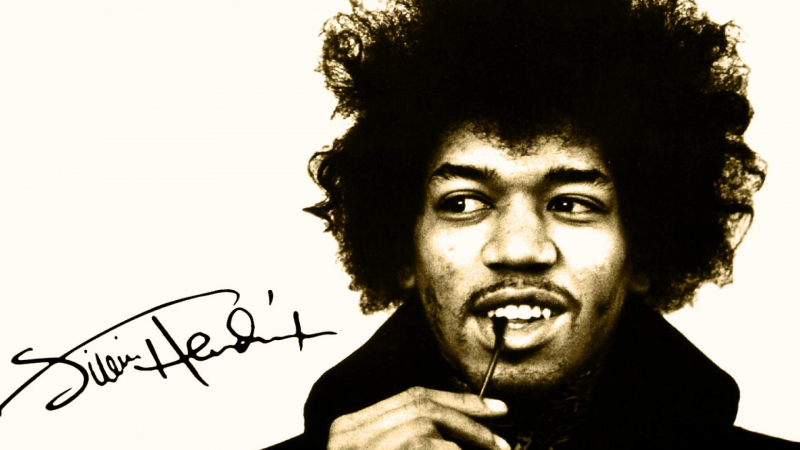
Photo: blackthen.com 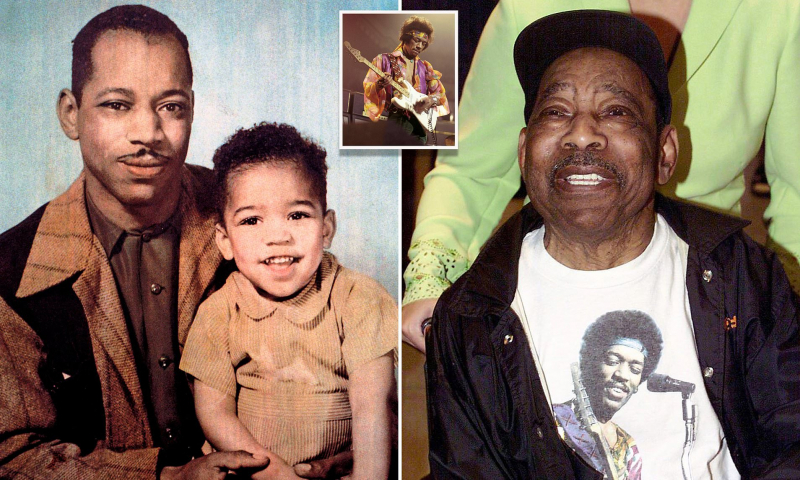
Photo: www.dailymail.co.uk































